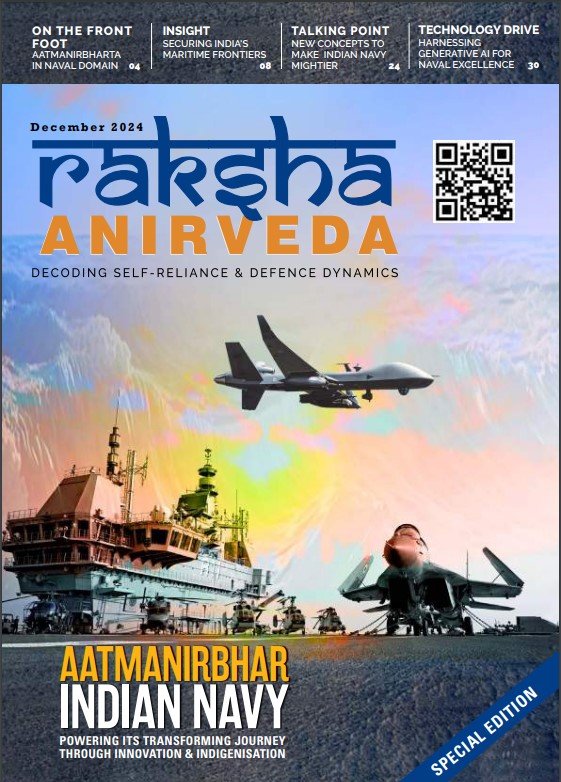Cologne: The Germany Navy has tested the BlueWhale underwater drone as a candidate platform for what the sea service envisions as a future fleet of unmanned vessels for combating enemy submarines.
Officials staged the two-week experiment last month in the Baltic Sea, which has become something of a microscope of global tensions. NATO, Russian and Chinese vessels routinely criss-cross the shallow body of water, as vital communications cables and energy pipelines lie on the seabed.
The German sea service explicitly envisions an anti-submarine warfare role for the BlueWhale vehicle, made by Israel Aerospace Industries. Equipped with various cameras as well as active and passive sensors, the drone can spot submarines, surface vessels and sea mines — notably, without emitting signals of its own that would alert targets that they are being tracked, according to the Germany Navy.
Officials envision fielding a network of drone-based sensors for keeping tabs on vital undersea cables and pipelines in the Baltic and Mediterranean seas.
“This is a capability currently only available via manned submarines, which makes it significant for maritime surveillance,” officials wrote in a statement posted on the Navy’s website.
The BlueWhale drones fall into the category of large unmanned underwater vehicles, weighing in at 5.5 tons, with a length of almost 11 metres and a diameter of over 1 meter.
German naval-systems specialist Atlas Elektronik participated in the recent test, which service leaders consider a stepping stone towards their “Marine 2035+” strategy. The plan envisions accelerating the development of unmanned technology and quickly integrating new drones into the sea service’s command-and-control schemes.
Asked about the approach to integrating a non-NATO system into German and alliance naval operations networks, Dror Bar, vice president of IAI and CEO of subsidiary ELTA Systems, said there were existing interfaces to fall back on during the drill.
Those were developed in cooperation with Atlas last year for two NATO exercises hosted by Portugal, the Robotic Experimentation and Prototyping augmented by Maritime Unmanned Systems (REPMUS) and the Dynamic Messenger events, Bar said.
Interest by NATO nations in underwater and surface drones as complements to manned naval warfare has increased significantly in recent years. Officials envision them as unattended sensors for repelling enemy warships or monitoring the health of critical infrastructure on the sea floor.
Raksha Anirveda's editorial desk team brings in the collective experience of creative professionals - a fine mix of senior copy editors, writers, proofreaders and designers. Working as a team, they continuously create, manage, and curate content to sustain the magazine's profile and reputation in line with market trends and achieve magazine's goal.





